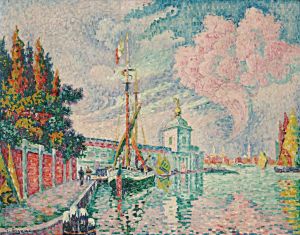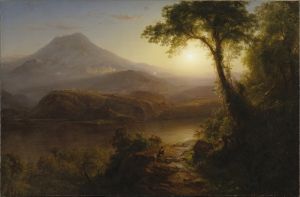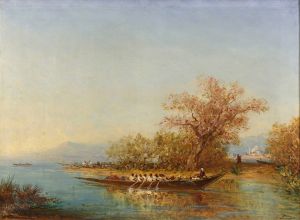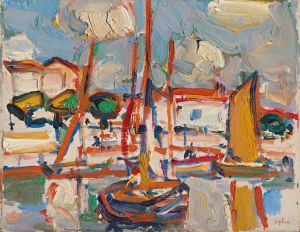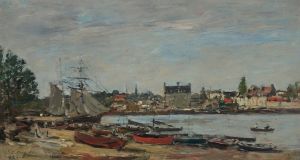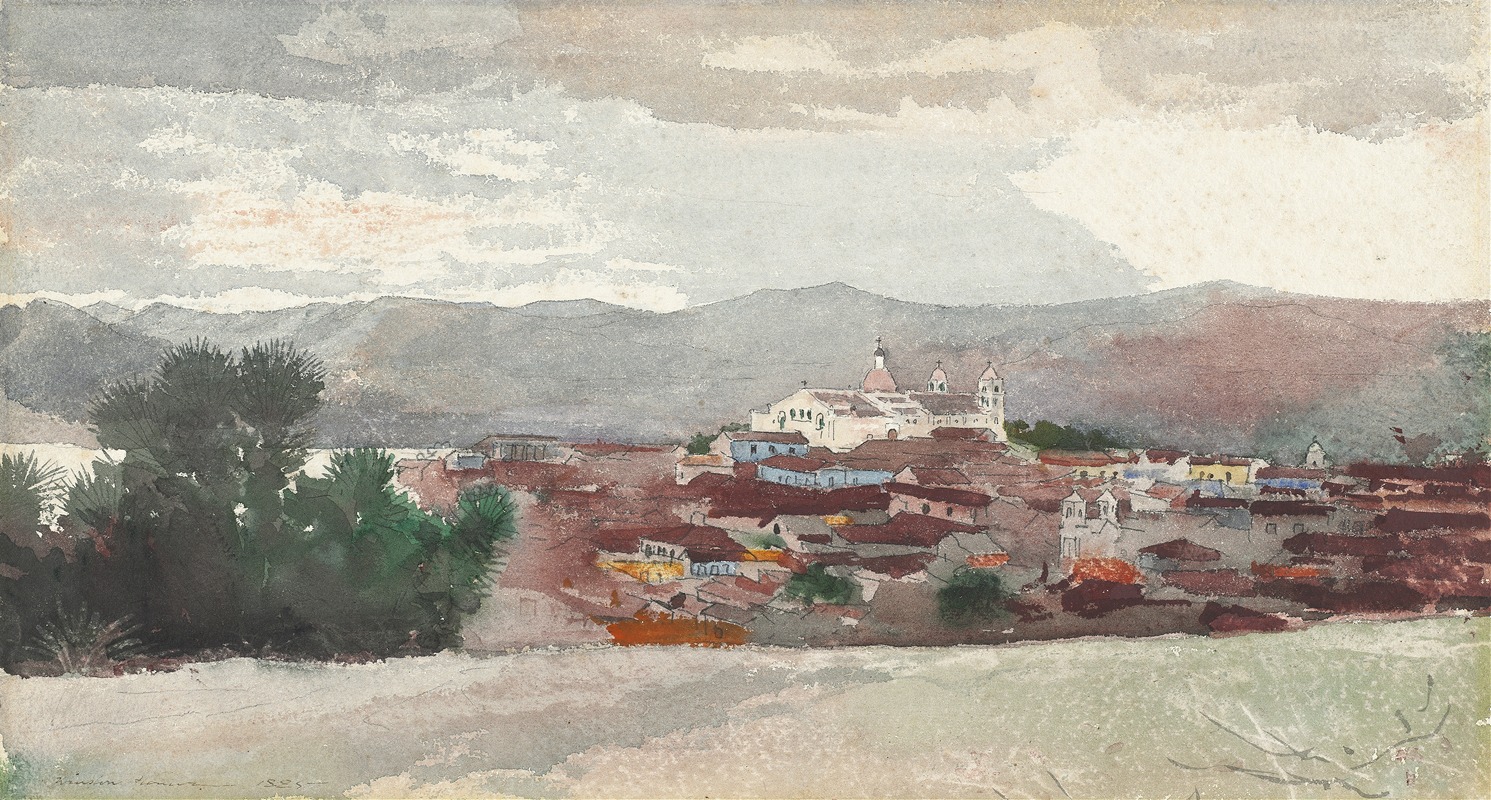
View of Santiago de Cuba
A hand-painted replica of Winslow Homer’s masterpiece View of Santiago de Cuba, meticulously crafted by professional artists to capture the true essence of the original. Each piece is created with museum-quality canvas and rare mineral pigments, carefully painted by experienced artists with delicate brushstrokes and rich, layered colors to perfectly recreate the texture of the original artwork. Unlike machine-printed reproductions, this hand-painted version brings the painting to life, infused with the artist’s emotions and skill in every stroke. Whether for personal collection or home decoration, it instantly elevates the artistic atmosphere of any space.
"View of Santiago de Cuba" is a watercolor painting by the renowned American artist Winslow Homer. Created in 1895, this artwork is part of Homer's extensive body of work that captures various landscapes and scenes from his travels. Winslow Homer is celebrated for his ability to convey the essence of a place through his masterful use of watercolor, and "View of Santiago de Cuba" is a testament to his skill in this medium.
The painting depicts a scenic view of Santiago de Cuba, a city located on the southeastern coast of Cuba. Santiago de Cuba is known for its rich history, vibrant culture, and picturesque landscapes. In the late 19th century, when Homer visited, the city was an important cultural and economic hub in the Caribbean. The artist's choice to capture this location reflects his interest in exploring diverse environments and his desire to document the world beyond the United States.
Homer's watercolor technique is evident in the fluidity and transparency of the colors used in "View of Santiago de Cuba." His ability to manipulate water and pigment allows him to create a sense of atmosphere and light that is both realistic and evocative. The painting likely features elements typical of the region's landscape, such as lush vegetation, rolling hills, and possibly the coastal waters that characterize Santiago de Cuba's geography.
During his career, Winslow Homer was known for his keen observation and ability to depict the natural world with authenticity and emotion. His travels to various locations, including the Caribbean, were driven by a desire to capture the unique qualities of each place. Homer's work often reflects a deep appreciation for nature and a fascination with the interplay between humans and their environment.
"View of Santiago de Cuba" is part of Homer's broader exploration of the Caribbean, a region he visited several times in the 1880s and 1890s. These trips were significant in shaping his artistic vision and expanding his repertoire beyond the American landscapes and seascapes for which he was already well-known. The Caribbean works, including this painting, are characterized by their vibrant color palettes and dynamic compositions, capturing the essence of the tropical climate and culture.
Homer's paintings from this period are considered important contributions to American art, as they offer a glimpse into the artist's evolving style and interests. His ability to convey the mood and atmosphere of a place through watercolor has been widely admired and studied by art historians and enthusiasts alike.
"View of Santiago de Cuba" is a valuable piece within Winslow Homer's oeuvre, showcasing his talent for capturing the spirit of a location through his distinctive watercolor technique. While specific details about the painting's composition and current location may not be widely documented, it remains an important example of Homer's work during his Caribbean travels.





